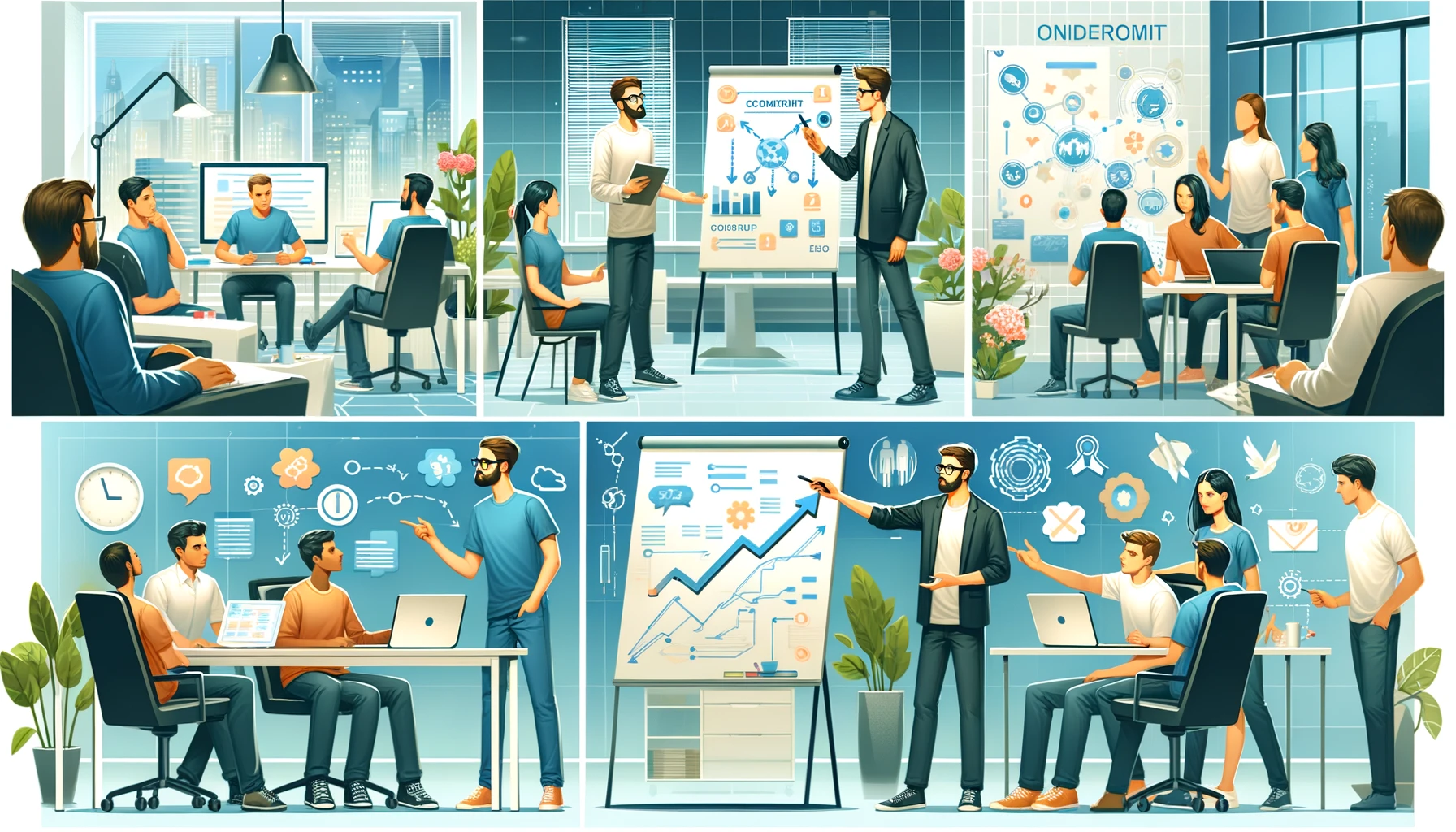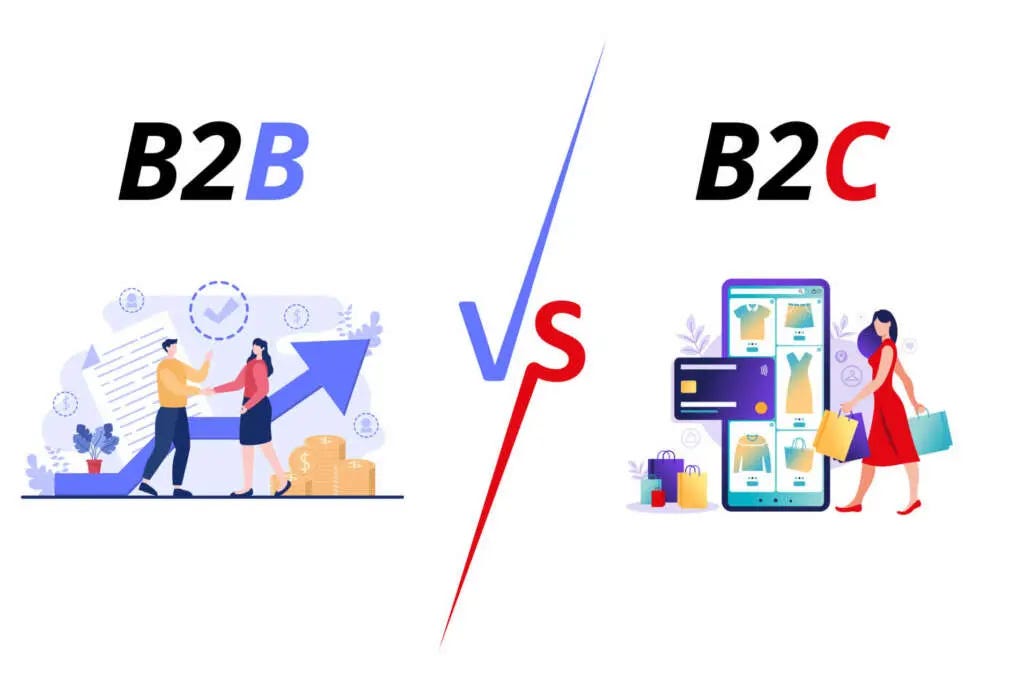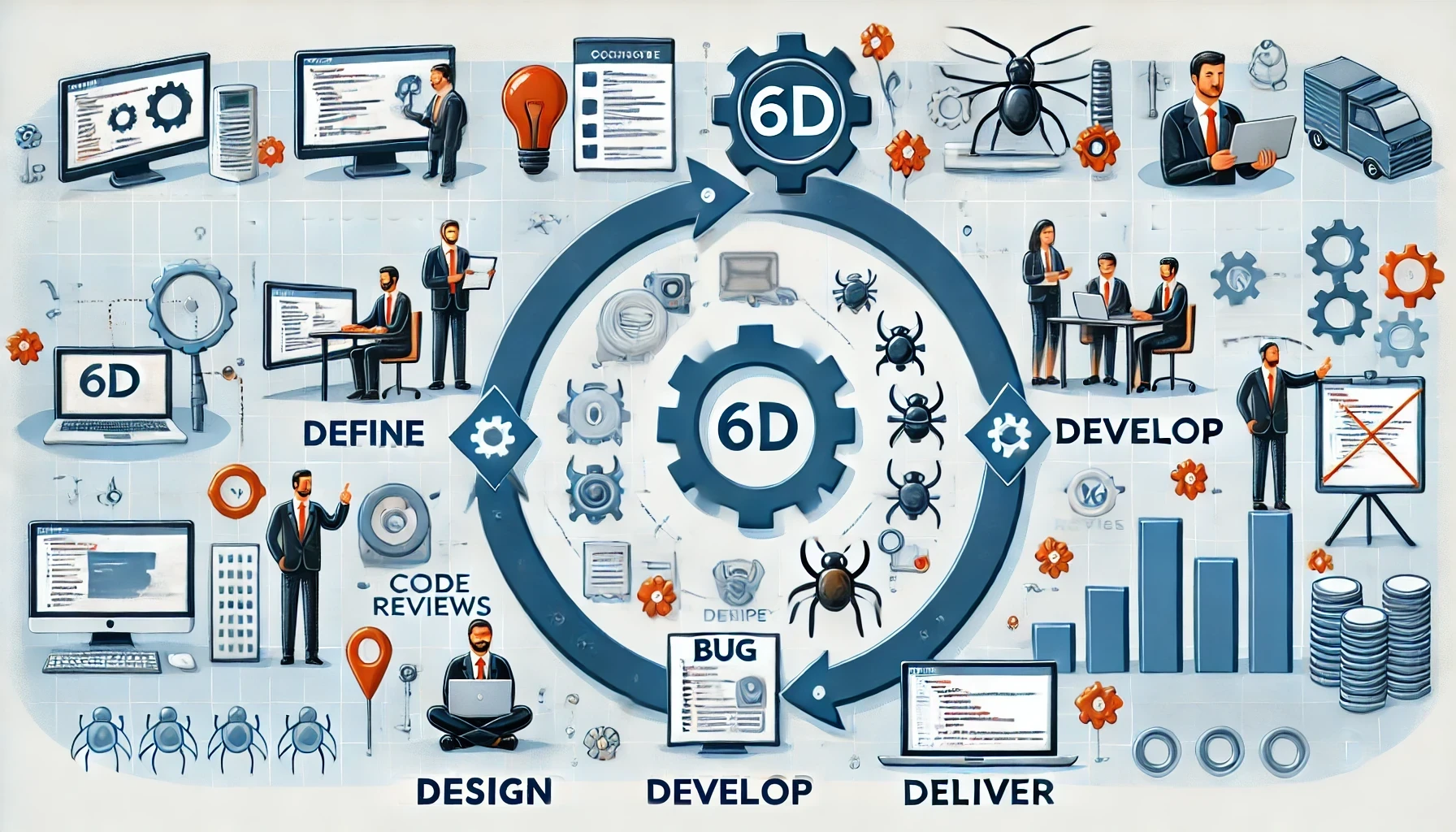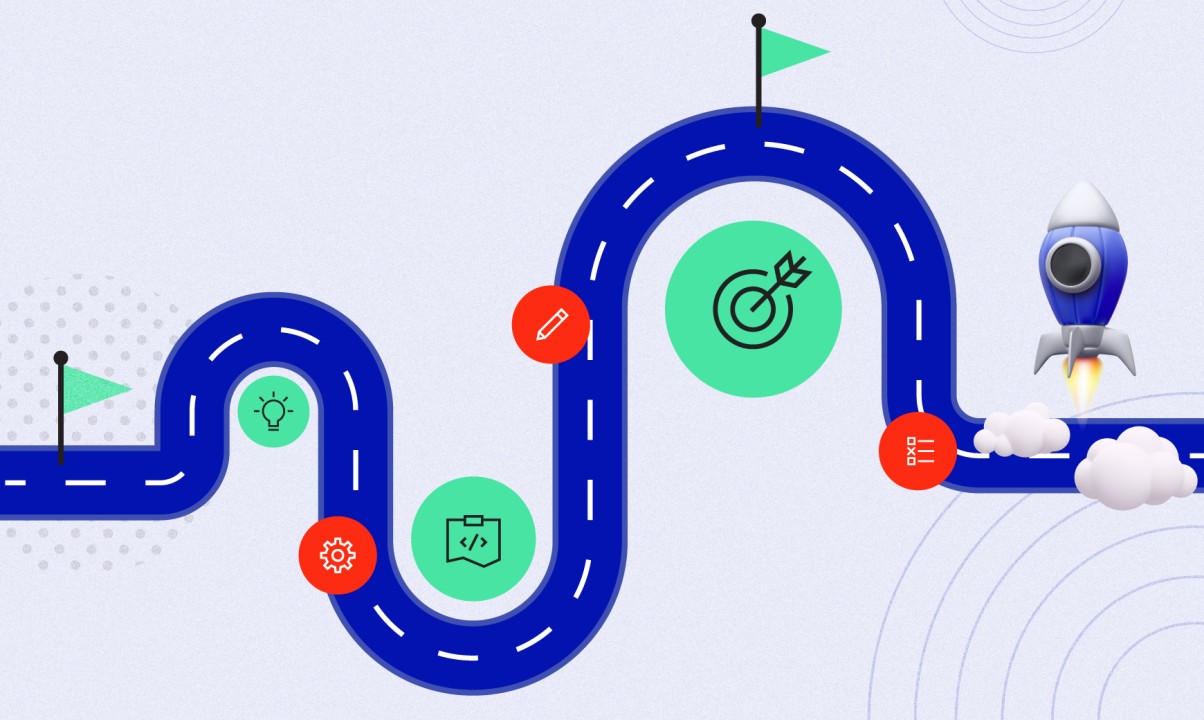Performance evaluations are critical for identifying areas where a product manager might need improvement. Addressing these gaps not only aids in personal growth but also contributes to the overall success of the product. This article delves into actionable strategies to bridge performance gaps, complete with practical examples to illustrate each point.
Identifying Common Performance Gaps
- Communication Skills
- Gap: Difficulty in conveying product vision to stakeholders.
- Example: A product manager may struggle to get buy-in from the marketing team because the product roadmap is not clearly communicated.
- Prioritization and Time Management
- Gap: Inability to prioritize tasks effectively.
- Example: A product manager might focus too much on minor features, delaying critical updates needed by the customers.
- Technical Knowledge
- Gap: Lack of understanding of the technical aspects of the product.
- Example: Miscommunication with the development team due to a lack of understanding of technical constraints and possibilities.
- Customer Empathy
- Gap: Insufficient understanding of customer needs and pain points.
- Example: Releasing features that do not address the core problems faced by the users, leading to poor product adoption.
Strategies to Bridge Performance Gaps
1. Enhancing Communication Skills
Action Plan:
- Training and Workshops: Attend communication skills workshops.
- Regular Feedback: Seek feedback from peers and mentors on communication effectiveness.
Example: A product manager joined a workshop on storytelling for product managers. They learned to use storytelling techniques to craft compelling narratives about the product’s future. In the next stakeholder meeting, they presented the product’s vision as a story, which resonated more with the marketing team, leading to better alignment and support.
2. Improving Prioritization and Time Management
Action Plan:
- Frameworks and Tools: Use prioritization frameworks like RICE (Reach, Impact, Confidence, Effort) or MoSCoW (Must have, Should have, Could have, Won’t have).
- Time Management Techniques: Implement techniques like the Pomodoro Technique or Time Blocking.
Example: A product manager was overwhelmed with numerous feature requests and bug fixes. By applying the RICE framework, they could assess each task’s reach, impact, confidence, and effort. This helped them focus on high-impact features, ensuring that critical updates were delivered on time and significantly improving user satisfaction.
3. Gaining Technical Knowledge
Action Plan:
- Technical Courses: Enroll in online courses related to the product’s technology stack.
- Pair Programming: Spend time with developers to understand the codebase and technical challenges.
Example: A product manager faced recurring miscommunication issues with the development team due to a lack of technical understanding. They decided to take an online course on basic programming and the specific technology used in the product. This newfound knowledge enabled more effective discussions with the development team and more realistic project timelines.
4. Increasing Customer Empathy
Action Plan:
- Customer Interviews: Conduct regular customer interviews to gather insights.
- User Experience (UX) Workshops: Participate in or organize UX workshops to understand user journeys and pain points.
Example: A product manager noticed that several recently released features had low adoption rates. By conducting monthly user interviews, they gained deeper insights into customer needs and pain points. They then created detailed customer personas and used these personas to guide feature development, resulting in higher adoption rates and improved user satisfaction.
Continuous Improvement
Action Plan:
- Regular Self-Assessment: Periodically assess your progress in bridging identified gaps.
- Mentorship: Seek mentorship from experienced product managers for guidance and feedback.
Example: A product manager set quarterly goals to improve their technical knowledge and communication skills. They regularly assessed their progress and sought feedback from their mentor. This ongoing self-improvement led to better team collaboration, more effective decision-making, and a stronger product roadmap.
Conclusion
Addressing performance gaps is an ongoing process that requires commitment and strategic planning. By identifying common gaps and implementing targeted strategies, product managers can enhance their effectiveness, contribute more significantly to their teams, and drive the success of their products.
Detailed Explanation with Examples
Enhancing Communication Skills
Action Plan:
- Training and Workshops: Attend communication skills workshops.
- Regular Feedback: Seek feedback from peers and mentors on communication effectiveness.
Example: Jane, a product manager, often struggled to get buy-in from the sales team for new product features. After attending a storytelling workshop, she learned to present the product vision as a compelling story. In the next sales meeting, she used this approach to explain the benefits of the upcoming features, resulting in enthusiastic support from the sales team.
Improving Prioritization and Time Management
Action Plan:
- Frameworks and Tools: Use prioritization frameworks like RICE (Reach, Impact, Confidence, Effort) or MoSCoW (Must have, Should have, Could have, Won’t have).
- Time Management Techniques: Implement techniques like the Pomodoro Technique or Time Blocking.
Example: John, a product manager, was juggling multiple feature requests and bug fixes. He decided to implement the RICE prioritization framework, which helped him evaluate tasks based on their reach, impact, confidence, and effort. By focusing on high-impact tasks, he ensured timely delivery of critical updates, enhancing the product’s performance and user satisfaction.
Gaining Technical Knowledge
Action Plan:
- Technical Courses: Enroll in online courses related to the product’s technology stack.
- Pair Programming: Spend time with developers to understand the codebase and technical challenges.
Example: Emily, a product manager, found it challenging to communicate effectively with the development team due to her limited technical knowledge. She enrolled in an online course on the product’s underlying technology and spent time pair programming with developers. This hands-on experience improved her technical understanding, leading to more productive discussions and realistic project timelines.
Increasing Customer Empathy
Action Plan:
- Customer Interviews: Conduct regular customer interviews to gather insights.
- User Experience (UX) Workshops: Participate in or organize UX workshops to understand user journeys and pain points.
Example: Mike, a product manager, released several features that failed to resonate with users. To address this, he started conducting monthly user interviews and created detailed customer personas based on the insights gathered. This new approach helped him develop features that better aligned with user needs, leading to higher adoption rates and improved customer satisfaction.
Continuous Improvement
Action Plan:
- Regular Self-Assessment: Periodically assess your progress in bridging identified gaps.
- Mentorship: Seek mentorship from experienced product managers for guidance and feedback.
Example: Sarah, a product manager, set quarterly goals to improve her communication skills and technical knowledge. She regularly assessed her progress and sought feedback from her mentor. This continuous improvement process led to better team collaboration, more effective decision-making, and a stronger product roadmap.
By implementing these strategies, product managers can effectively bridge performance gaps, enhance their capabilities, and contribute more significantly to their team’s success and the overall product lifecycle.




